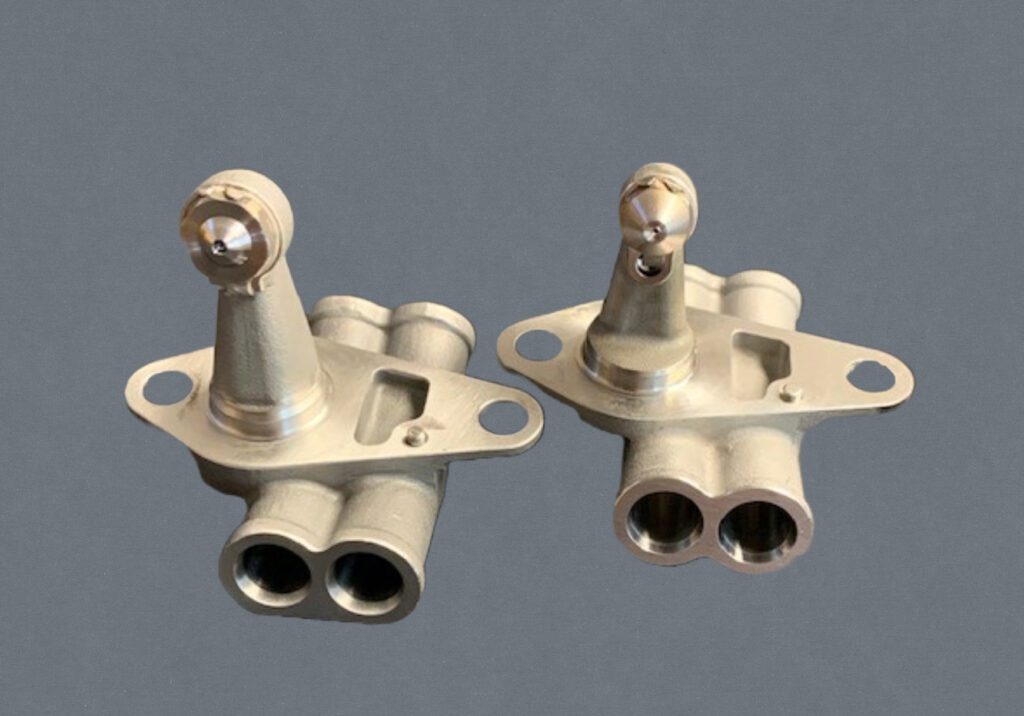Fuel Nozzles series Part 3 - Inspections & Checks
Inspections & Checks of Nozzles
Once the removal process is complete there are some options for you. If you are handling inspections and checks of nozzles in-house, the process can be arduous, and frankly dangerous if you don’t have the experience and knowledge to perform these on a regular basis. We highly recommend sending them out for inspections, checks and even overhauls when necessary. We work with various shops and can offer competitive pricing on nozzles to make the process secure and economical. After all it’s not everyone who has the tooling on hand to perform a spray check in-house.
When considering sending your nozzles it’s important to keep several safety procedures in mind.
- Always perform a visual inspection. Clean the tips, adapters, and sheaths and check for obvious signs of any damage.
- You should always send out clean nozzles (likely most people are already aware of this, but it still needs to be mentioned). You want to ensure that there is no residual fuel in your packaging.
- Secondly packing is very important! You want to ensure that your nozzles are safe during transport. Oftentimes drivers and logistics people do not pay attention to what is marked on the boxes (whether Fragile is indicated, or not). So, you’re better off being over precautious than under. Packing them individually really is the best way to go.
- Thirdly, keep all the hardware and transfer tubes.
- And lastly, if you’re doing exchange nozzles to minimize the downtime then you’ll always need to provide the serial number of the engine that the nozzles were removed from. It vital to specify which engine and which nozzles were removed from to ensure traceability. If the shop must guess which engine which nozzle was removed from, then will surely be additional billing once inspection is completed. Many headaches and fees can be easily avoided with this step.
If you prefer to perform the visual inspections yourself in-house here are a few thoughts to keep in mind:
- It’s vital to ensure that the part numbers are consistent across all your tips in any given set. If they don’t match the result can be unsafe since the tip part number determines the part number of the corresponding adapter. If the fit is incorrect or the gaskets are missing, the risk exposure is massive for your engine which can result in extreme damage to your hot section and a lot of costly repairs or possibly even scrapped out engine.
- Ensuring the proper cleaning procedure is also a crucial step in the process of your inspections & checks of nozzles. Did you know that there are different cleaning solutions for Simplex and Duplex nozzle sets? Both types have different metals therein, and using the wrong type of solution can cause damage to those metals and thus cause possible leaks.
- It’s also key to properly rinse your nozzle sets once they have been washed, using high pressure very hot water for a minimum of 60 seconds. They should be dried immediately in a controlled environment to avoid contamination from various elements in the shop. Clean filtered and compressed air is always a good idea.
For our next segment read more about the leak test, spray check and final inspections process. or more detailed recommendations on what tools we would suggest contacting our Technical team member Fernand, and he’ll be pleased to chat and provide his insights.
We also recommend you to consult with the support staff over at P&WC if you any doubts.

